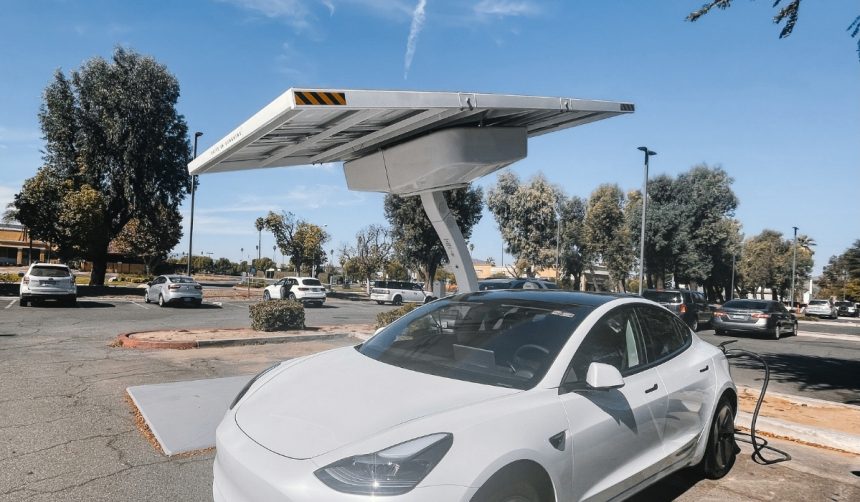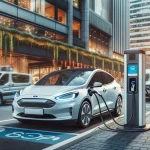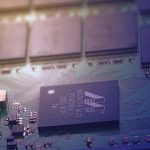Tesla continues to expand its vision-based driving capabilities by updating its Autopilot and Full Self-Driving (FSD) visualizations. Drivers and passengers now see a broader and more detailed range of detected objects on the vehicle’s central touchscreen display, highlighting the company’s ongoing effort to provide clearer information about the car’s surroundings. As Tesla accelerates these upgrades, drivers can anticipate more intuitive feedback and safer navigation, particularly as environments grow more complex and diverse. Many have noted the real-world impact, especially when non-standard vehicles or objects are encountered along routes. Previous updates prioritized core elements, while the latest focus aims for comprehensive accuracy, reflecting feedback and observed edge cases from daily use.
Tesla’s previous visualization updates concentrated on conventional vehicle types and common road elements, offering gradual but steady improvements in detail. Some earlier releases missed rarer vehicles like emergency and specialty transport, leading to occasional mismatches in object recognition. With the new update, Tesla attempts to address those gaps by consistently rolling out new render types and refining existing ones. Unlike older systems that would substitute less accurate icons when an unknown object appeared, the improved suite promises less confusion and more precise displays for a variety of unique vehicles and individuals in distinct settings.
What New Visualizations Will Drivers See?
Moving beyond standard vehicle icons, Tesla has introduced detailed visualizations for a variety of specific vehicles and scenarios. These now include ambulances, firetrucks, garbage trucks, school buses, European semi trucks, as well as smaller forms like golf carts and street sweepers. Users will also notice figures representing people on scooters, skateboards, or wheelchairs, along with objects like trailers and strollers. One Tesla spokesperson stated,
“We are committed to delivering richer visual context so our drivers understand exactly what Autopilot sees on the road.”
This diverse selection aims to address previous inaccuracies, such as rendering a horse and carriage as a box truck, which had prompted user feedback and discussions within the community.
How Do These Additions Improve Safety?
Providing more accurate renderings can support better decision-making by both drivers and Tesla’s advanced driver-assistance systems. The visualization upgrades add value in environments featuring unusual vehicles or vulnerable road users, such as people in wheelchairs or riding skateboards. Real-time display of detailed object types lets drivers verify what the system has interpreted, reducing potential confusion or overreliance on the technology in ambiguous scenarios. According to Tesla,
“Our visualization suite continues evolving to bridge the gap between automated perception and human understanding.”
These refinements also pave the way for safer manual takeovers and improved trust in the automated driving experience.
Is Tesla Using New Technology for Driver Visualization?
Although Tesla has not confirmed every software enhancement, code found in the latest Model S and Model X has suggested experimentation with advanced graphics engines such as Unreal Engine. Adopting new rendering technology could result in even more realistic visual feedback on Tesla’s center displays, supporting the detailed visualization efforts already underway. This possibility indicates a continued investment in visual perception features, hinting at future developments that could appeal to both current and potential Tesla owners.
Other automotive tech companies have taken a mixed approach to interface sophistication, often choosing to simplify their display for clarity. Tesla, however, continues to expand the information presented to the driver, aligning the screen view more closely with what the vehicle sensors and cameras detect. As Tesla’s visualization suite grows, it highlights an effort to bridge digital perception with user comprehension, aiming to provide comfort and control while navigating increasingly complex traffic environments. Accurate representation of emergency vehicles and road users could benefit situations where quick decisions matter most, such as in urban centers or crowded roads. For drivers interested in details and context, this direction may lead to practical improvements.










